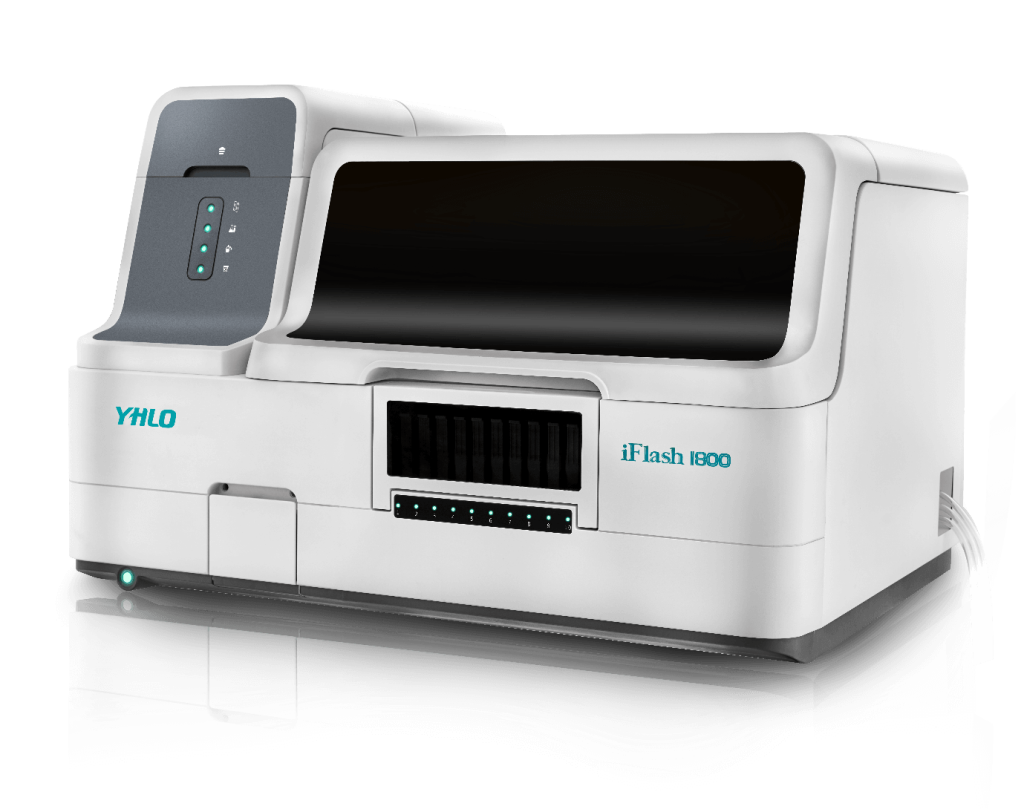
CLIA ANALYSER
Chemiluminescent immunoassay (CLIA) is an immunoassay technique where the label, i.e. the true “indicator” of the analytic reaction, is a luminescent molecule. In general, luminescence is the emission of visible or near-visible (λ = 300–800 nm) radiation which is generated when an electron transitions from an excited state to ground state. The resultant potential energy in the atom gets released in the form of light. In spectrophotometry, luminescence has an advantage over absorbance in that the former is an absolute measure whereas the latter is relative. We make reference to chemiluminescence, because the type of luminescence applied to immunoassay techniques generally identifies exergonic chemical reactions as the most suitable energy source for producing the electronic excited state.
CLIA sets standards for laboratory quality, personnel qualifications, and laboratory operations, including laboratory accreditation and certification of laboratory personnel. CLIA requires that all laboratories that perform testing on human specimens for diagnosis or treatment of disease must be certified by the CMS. To obtain certification, laboratories must meet certain standards, including the use of specific equipment and techniques, the performance of quality control procedures, and the proper handling of specimens.
CLIA also requires that all laboratories that perform high-complexity testing (such as genetic testing) must meet more stringent standards and undergo regular inspections by the CMS. High-complexity testing is defined as any test that requires the exercise of professional judgment and a high degree of skill, and that has the potential for an impact on patient care.
CLIA sets standards for laboratory personnel, including the requirement that all laboratory personnel must meet specific qualifications and be trained in the specific procedures they perform. These requirements are designed to ensure that the laboratory personnel are knowledgeable and skilled in the procedures they perform, and that they are able to accurately perform these procedures and interpret the results.
CLIA also requires that all laboratories maintain quality control procedures to ensure the accuracy of their results. This includes the use of appropriate equipment and materials, the performance of regular quality control checks, and the documentation of all quality control activities.
The CLIA regulations are designed to protect the public health by ensuring that all clinical laboratory testing is performed in a manner that meets established standards for accuracy, reliability, and consistency. This helps to ensure that the results of laboratory tests are accurate and reliable, and that they can be used to support medical decisions related to the diagnosis, treatment, and prevention of disease.
In conclusion, CLIA is an important set of regulations that helps to ensure the quality and accuracy of clinical laboratory testing in the United States. CLIA sets standards for laboratory quality, personnel qualifications, and laboratory operations, and requires that all laboratories that perform testing on human specimens for diagnosis or treatment of disease must be certified by the CMS. By ensuring that all clinical laboratory testing meets established standards, CLIA helps to protect the public health and ensure that the results of laboratory tests can be relied upon for medical decisions related to the diagnosis, treatment, and prevention of disease.
